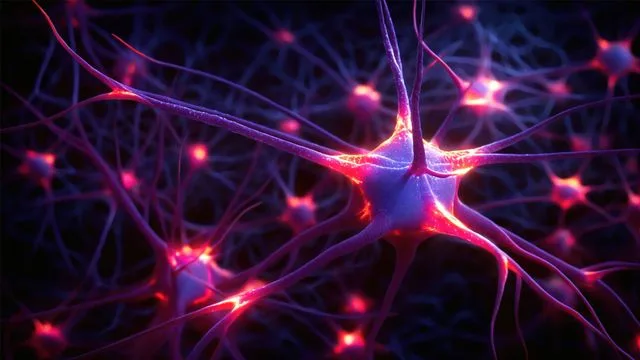Microglia’s Surprising Role in Retina Repair
For years, neutrophils were thought to be the primary drivers of healing in damaged retinas. However, groundbreaking new research reveals that microglia, a type of immune cell in the brain and retina, are actually the key players. This discovery is significant because it opens up new avenues for developing therapies to combat vision loss.
The Old Theory: Neutrophils as Primary Healers
Traditionally, scientists believed that when the retina is damaged, neutrophils rush to the site to initiate the healing process. These cells are known for their role in fighting infection and clearing debris. However, recent studies have challenged this long-held belief.
The New Reality: Microglia Take Center Stage
The latest research indicates that microglia are the true orchestrators of retina repair. Microglia are resident immune cells that constantly survey their environment. When damage occurs, they become activated and initiate a cascade of events that promote healing and tissue regeneration.
Key Findings:
- Microglia are more active and responsive in damaged retinas than previously thought.
- They release factors that stimulate the regeneration of retinal cells.
- Targeting microglia could lead to more effective treatments for vision loss.
Implications for Future Therapies
This paradigm shift in understanding retina repair has significant implications for the development of new therapies. Instead of focusing on neutrophils, researchers can now target microglia to enhance their healing capabilities. This could lead to more effective treatments for a range of eye conditions, including:
- Macular degeneration
- Diabetic retinopathy
- Glaucoma
Final Words
The discovery of microglia’s crucial role in retina repair represents a major step forward in the fight against vision loss. By understanding the mechanisms by which these cells promote healing, scientists can develop targeted therapies that restore vision and improve the lives of millions of people worldwide. This exciting new direction promises a brighter future for those affected by retinal damage.




+ There are no comments
Add yours